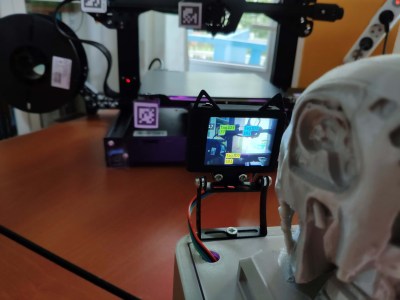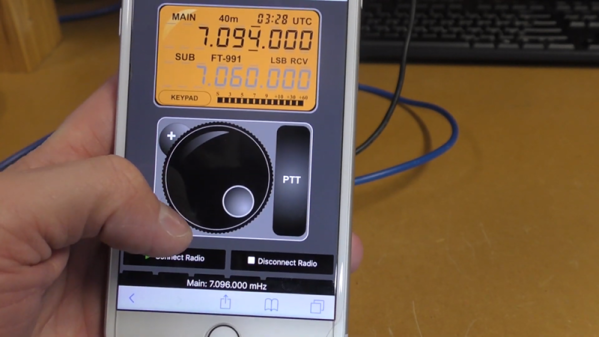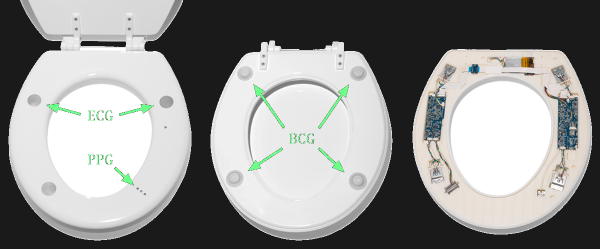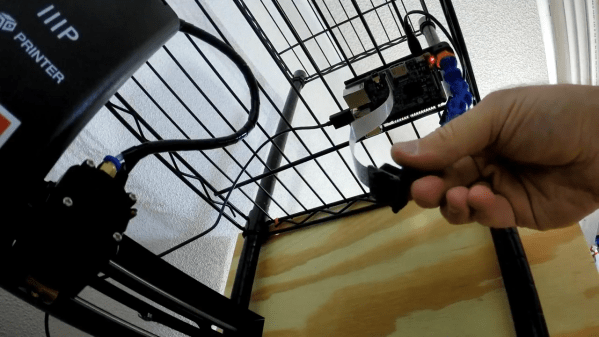If you’re a 3D printer user you’re probably familiar with that dreaded feeling of returning to your printer a few hours after submitting a big job, only to find that it threw an error and stopped printing, or worse, turned half a spool of filament into a useless heap of twisted plastic. While some printers come with remote monitoring facilities, [Kutluhan Aktar]’s doesn’t, so he built a device that keeps a watchful eye on his 3D printer and notifies him if anything’s amiss.
 The device does this by tracking the movement of the print head using a camera and looking for any significant changes in motion. If, for example, the Y-axis suddenly stops moving and doesn’t resume within a reasonable amount of time, it will generate a warning message and send it to its owner through Telegram. If all three axes stop moving, then either the print is finished or some serious error occurred, both of which require user intervention.
The device does this by tracking the movement of the print head using a camera and looking for any significant changes in motion. If, for example, the Y-axis suddenly stops moving and doesn’t resume within a reasonable amount of time, it will generate a warning message and send it to its owner through Telegram. If all three axes stop moving, then either the print is finished or some serious error occurred, both of which require user intervention.
The camera [Kutluhan] used is a HuskyLens AI camera that can detect objects and output a set of 3D coordinates describing their motion. A set of QR-like AprilTags attached to the moving parts of the 3D printer help the camera to identify the relevant components. The software runs on a Raspberry Pi housed in a 3D-printed enclosure with a T-800 Terminator head on top to give it a bit of extra presence.
[Kutluhan]’s description of the project covers lots of detail on how to set up the camera and hook it up to a Telegram bot that enables it to send automated messages, so it’s an interesting read even if you’re not planning to 3D print something to check on your 3D printer. After all, software like Octoprint has many similar features, but having an independent observer can still be a good safety feature to prevent some types of catastrophic failure.
Continue reading “Machine Vision Helps You Terminate Failing 3D Print Jobs”
















